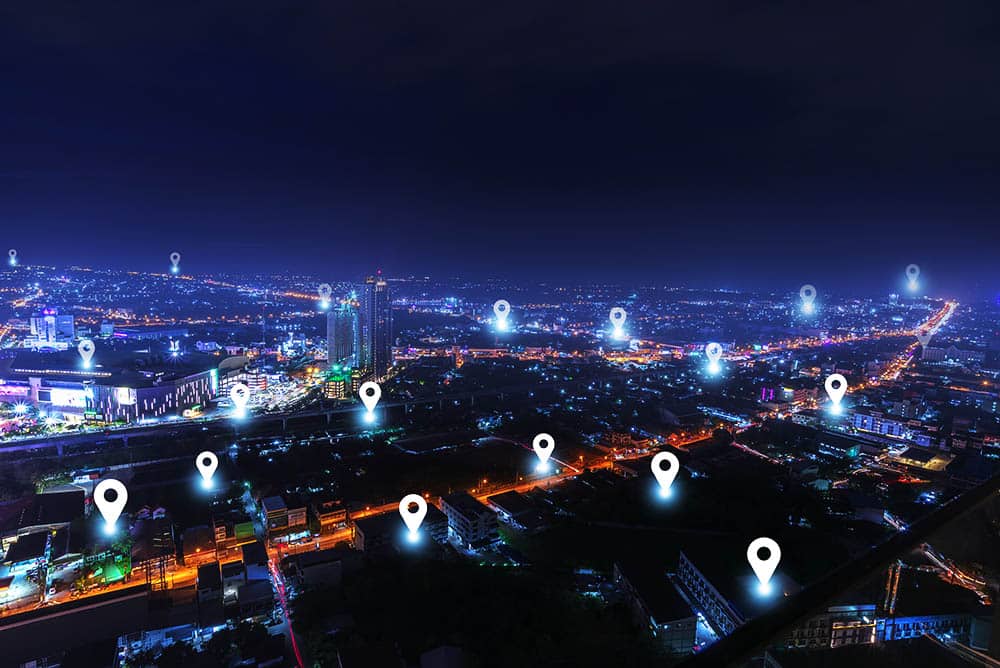Going on a trip can be an exciting and exhilarating experience. Whether it’s a cross-country road trip, a backpacking adventure, or a relaxing beach getaway, traveling allows us to escape our everyday routines and explore new places. However, getting lost can easily turn a thrilling adventure into a frustrating and stressful experience. Fortunately, a navigation system can make a significant difference in how we travel and navigate unfamiliar territory. Here’s why you should invest in a navigation system for your next travel adventure.
What is a Navigation System?
In simple terms, a navigation system is an electronic device that provides directions and helps with location tracking. It utilizes GPS or Global Positioning System technology to provide real-time location data and accurate directional guidance. Navigation systems guide users to their destination using a series of visual and audible cues that make it easy to navigate unfamiliar areas.
Why owning a Navigation System is necessary for travelers
Getting lost can be a frustrating experience, one that nobody wants to go through on a trip. It can also be dangerous, especially if you’re in an unfamiliar area, and the sun is setting. A navigation system can help you avoid these unpleasant situations by providing you with accurate and up-to-date directions.
In addition to preventing you from getting lost, a navigation system can also save you time and money. With a navigation system, you can avoid getting stuck in traffic and take the quickest and most efficient route to your destination, thus saving time and fuel costs. Additionally, a navigation system can help you find other points of interest along the way, such as restaurants, gas stations, and attractions, making your trip more enjoyable and worthwhile.
Types of Navigation Devices
There are several types of navigation devices in the market today, including in-car GPS systems, smartphone apps, and portable GPS devices. Here’s a brief overview of the advantages and disadvantages of each type:
In-car GPS systems
An in-car GPS system is an integrated unit installed in your car’s dashboard. It offers a bigger screen and a more user-friendly interface than other types of navigation systems. Also, it uses power from the car’s battery, so you don’t have to worry about battery life. However, in-car GPS systems can be expensive, and the installation process is not easy for everyone.
Smartphone Apps
Many smartphone apps offer navigation features, including Google Maps, Waze, and Apple Maps. They are convenient due to their portability and ease of use. Additionally, they are usually free. However, using your smartphone’s GPS affects its battery life, and using it for navigation when traveling overseas can be pricey.
Portable GPS Devices
Portable GPS devices are the most affordable navigation systems in the market. They can be easily mounted on the windshield, and they support hands-free voice commands. However, they have smaller screens and limited features compared to in-car GPS systems or smartphone apps.
Factors to Consider when Choosing a Navigation System
When selecting a navigation system for your travels, there are several factors you should consider. Here are the most crucial ones:
Accuracy
The accuracy of a navigation system is crucial for getting you to your destination on time. Make sure you choose a system with precise location data to avoid getting lost.
Screen size
The screen size of a navigation system is also essential for readability. Choose a system with a large and clear screen for improved visibility.
Ability to update maps
Make sure the navigation system you choose can update its maps frequently. New roads are continually being constructed, and you don’t want to end up taking a wrong turn because your device’s maps are outdated.
User-Friendly Interface
Select a navigation system with an interface that is easy to use and understand, even when you’re on the move. It should have big buttons and clear directions.
Additional Features
Consider the additional features that come with the navigation system, such as voice commands, traffic data, and the ability to choose different routes.
Tips for Optimizing a Navigation System
Once you’ve purchased your navigation system, it’s essential to make the most out of it. Here are some tips to optimize your device:
Update maps regularly
As mentioned earlier, it’s crucial to update your device’s maps frequently. This ensures that you have the latest routes and directions when you’re driving around.
Choose the right route
Make sure you choose the appropriate route for your trip. If you want to take the scenic route, check if your device has an option for this.
Minimize distractions
Using a navigation system while driving can be distracting. Use voice commands if available and keep the screen out of direct sunlight to avoid glare on the screen.
Check traffic updates
If your navigation system is capable of providing you with traffic updates, make sure you check them before starting your trip. This will give you an idea of the expected traffic conditions and allow you to make changes to your journey as needed.
Conclusion
A navigation system is essential for anyone who wants to enjoy a hassle-free travel experience. With a navigation system, you can save time and money while ensuring you don’t get lost, providing you with accurate and real-time directions. Whether you’re using an in-car GPS system, a smartphone app, or a portable GPS device, make sure you choose one that’s accurate, user-friendly, and fits within your budget. Lastly, don’t forget to follow the tips mentioned above to get the most out of your navigation system on your next trip.
- Why Venture Capital is Essential for Startups: The Key to Unlocking Success - 28 de mayo de 2023
- Revolutionize Your Business with E-commerce: The Ultimate Guide to Success - 28 de mayo de 2023
- Why Patents are Crucial for Protecting Innovation and Driving Economic Growth - 28 de mayo de 2023
